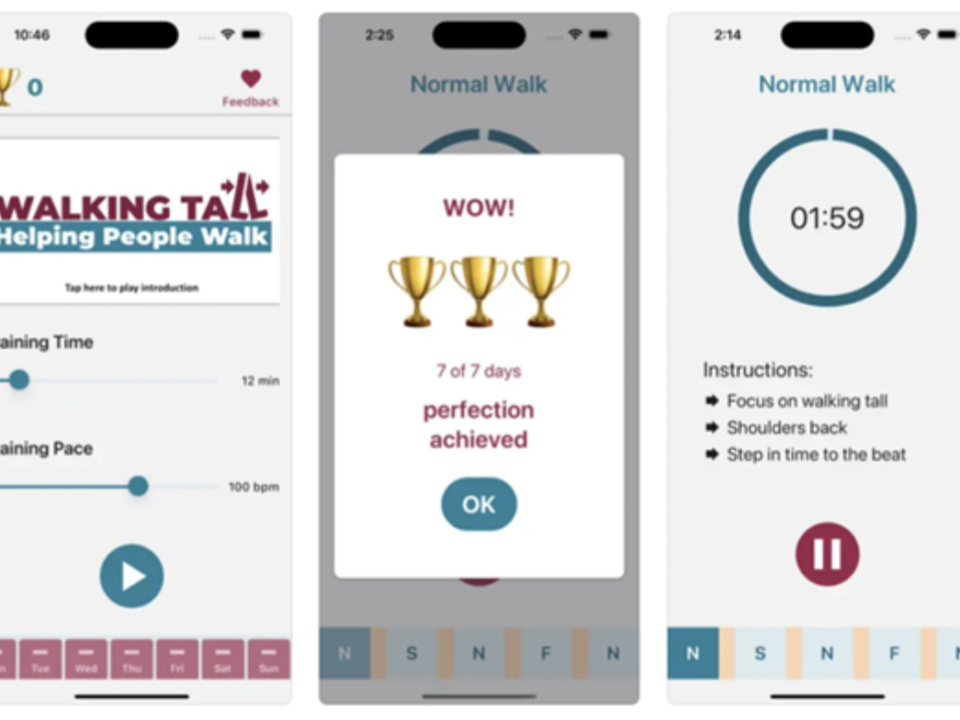DBS-Plus Trial Shows Potential

Coping with the post-holiday blues
10th January 2025Artificial intelligence model can detect Parkinson’s from breathing patterns
14th January 2025DBS-Plus Trial Shows Potential
DBS-Plus Trial Shows Potential
At 69, Hoyt “Corky” Ball knew something was wrong when his right hand began to tremble uncontrollably. His primary doctor ruled out Parkinson’s, but the prescribed medication failed to alleviate his symptoms.
It wasn’t until Ball met Zain Guduru, M.D., a neurologist with the Kentucky Neuroscience Institute and Associate Professor in the University of Kentucky College of Medicine, that he received a definitive diagnosis.
“In about 10 minutes, he knew I had Parkinson’s,” Ball said.
Guduru suggested a treatment called deep brain stimulation (DBS). DBS is described as a ‘pacemaker for the brain’. By placing electrodes within malfunctioning brain pathways, DBS disrupts abnormal signals that causes tremors and other symptoms.
As Ball began researching his diagnosis and suggested treatment, he came across Craig van Horne, M.D., Ph.D., and his work on a procedure known as DBS-Plus.
First-of-its-kind clinical study
Van Horne, who is a neurosurgeon, is Co-Director of the University of Kentucky HealthCare Neuro-restoration Centre (NRC) and a team of physician-scientists and researchers leading a first-of-its-kind clinical study aimed at stopping or reversing the degenerative effects of Parkinson’s.
The study combines DBS with an experimental nerve-grafting procedure. The nerve cells are transplanted during DBS surgery, meaning patients do not have to undergo additional procedures.
In this combined approach, now known as DBS-Plus, the surgeon transplants peripheral nerve tissue into an area of the brain where neurons are dying. The grafted cells are being tested for their ability to release chemicals believed to rejuvenate the brain’s weary dopamine-producing neurons.
Van Horne and his team take a small piece of nerve tissue from the patient’s ankle and implant it in their brain. Because the tissue is from the patient’s own body, there are no concerns about rejection. DBS-Plus is considered relatively safe with only minimal additional risk.
To test the effect of the graft, researchers can simply turn off the DBS pulse generator and evaluate patient’s symptoms at a baseline level. The team’s vision is to alter the course of Parkinson’s.
“Our concept for DBS-Plus, the ‘plus’ part being the nerve grafting, is disease modification,” van Horne said. “Previously, all of the other transplant models were looking at symptoms and not disease progression and from that standpoint, that’s where we can say the DBS-Plus has its big advantage.”
Intrigued by the potential of DBS-Plus to not only help him but also advance medical understanding, Ball decided to participate. “I really didn’t want to have DBS without doing DBS-Plus. It might not help me, but it may help somebody later,” he said.
Remarkable improvements
Ball’s journey with DBS-Plus began in February 2023, and he has since experienced remarkable improvements. Before DBS-Plus, his tremor made daily tasks nearly impossible.
“Talking to somebody, my hand just went crazy. I couldn’t do anything with my right hand,” he remembers. It was a tough reality for someone who was often on ladders and rooftops working in construction.
Today, Ball reports being 90% better.
“I don’t think I will ever be 100%, but my life has improved greatly. My overall health is better. You can’t tell I ever had Parkinson’s,” he said with a smile. Ball says his medication has reduced from 12 pills a day to just three.
“I’ve been able to continue my work as a school bus driver – a job I have done and love for eight years now. I also can play the guitar again which is also something I love to do.”

